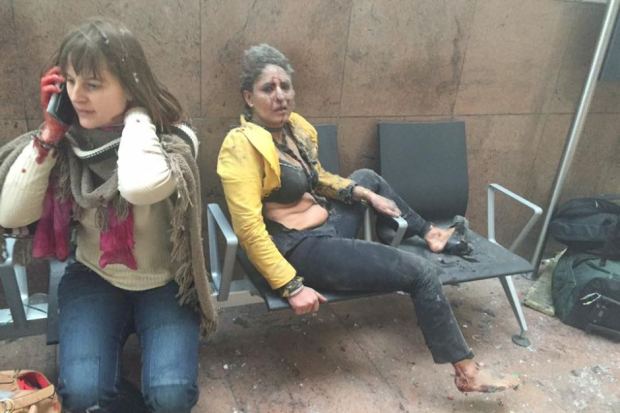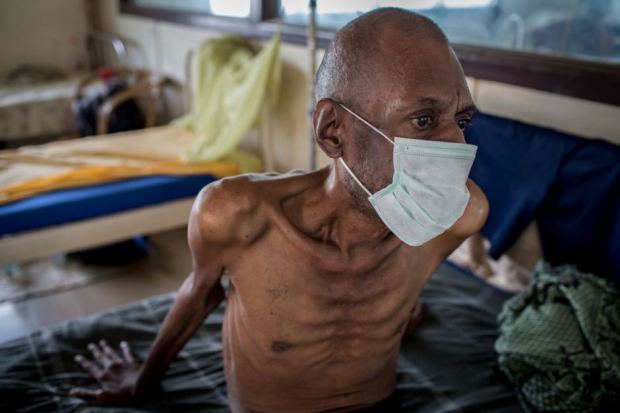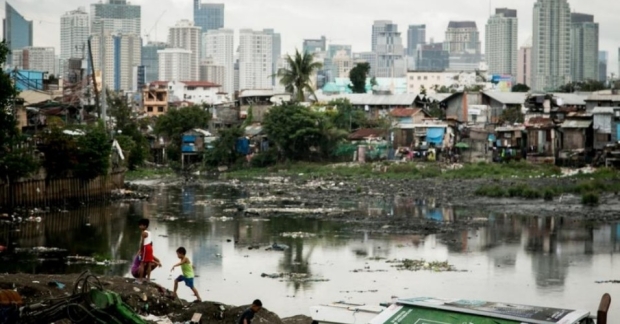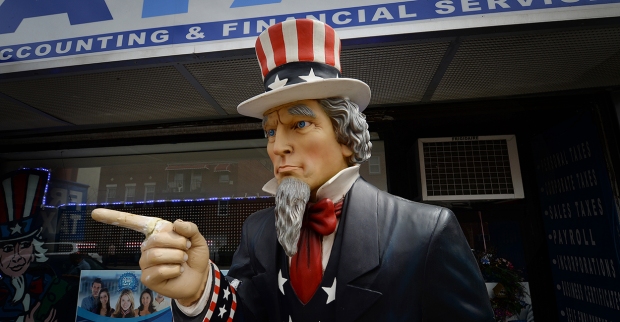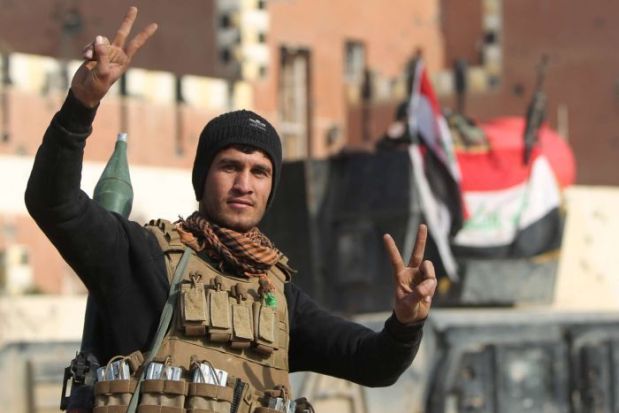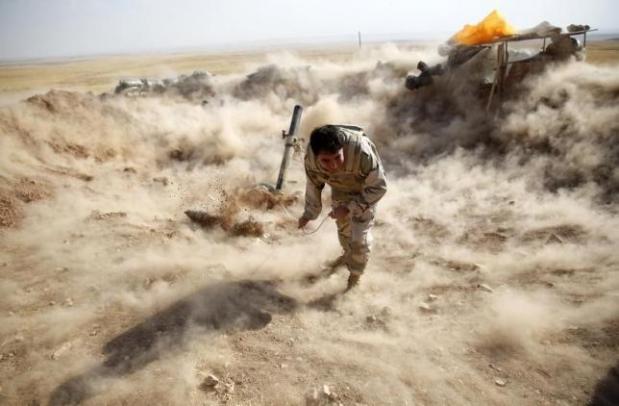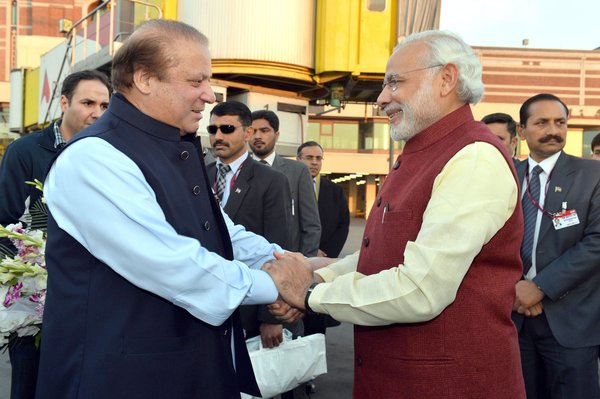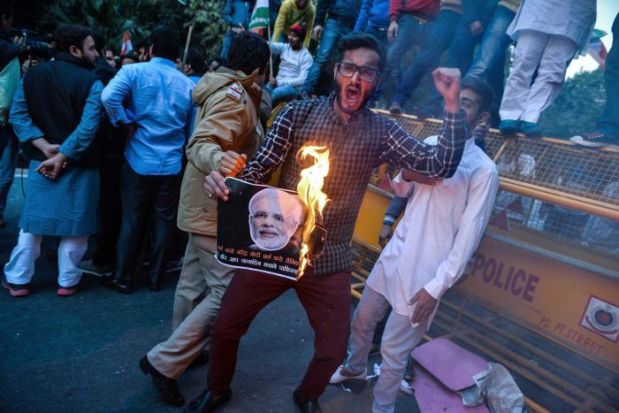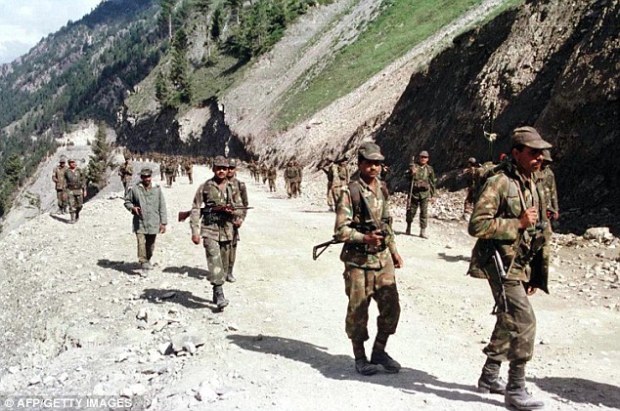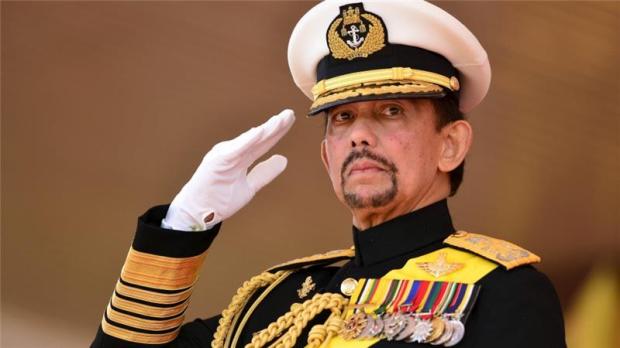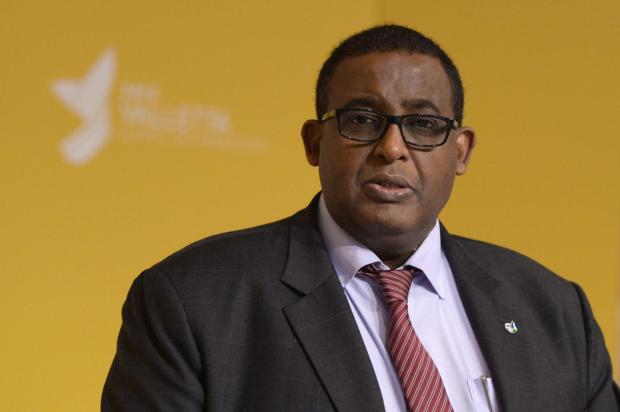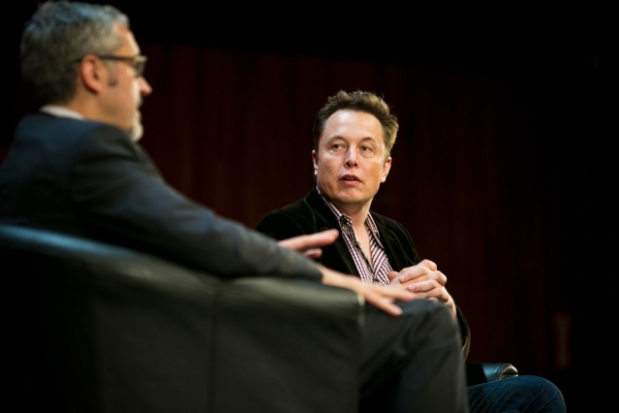by David Kavanagh
Following months of incessant campaigning by this year’s presidential candidates, registered American voters will make their way to the ballot box this Tuesday to finally decide who will replace outgoing president Barack Obama from next year on.
With the race to the White House close and controversial, supporters from both sides of the partisan divide have been urging people to vote since early voting stations started opening their doors last month.
In America, voting is not compulsory.
Previous election years have seen particularly poor voter turnout as a result. In 2012, the numbers stood at under 55% of the eligible population, or around 4% less than in 2008.
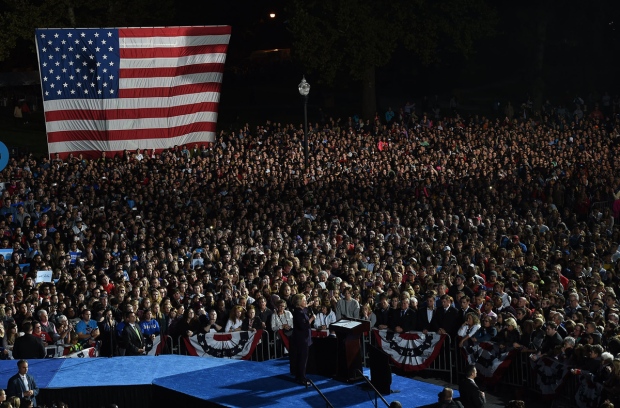
Democrat candidate Hillary Clinton addresses a rally at Ohio State University. Columbus, Ohio. 2016. Source: Timothy A. Clary/ AFP/ Getty
But these statistics can be misleading. While political apathy or general laziness can be in part to blame for the lack, the truth is that millions of Americans cannot register to vote to begin with.
“If instead of looking at Americans over 18 that vote you consider the share of registered voters who show up on election day, the US jumps from 30th place among 34 developed countries [in voter turnout ranking] to sixth,” writes The Guardian’s Mona Chalabi.
“There is a simple reason for this: a lot of adults in the US simply cannot register to vote. And their absence will affect this presidential election.”
Criminal disenfranchisement
An estimated 6.1 million adults have had their right to vote taken away due to criminal convictions as of this year, a figure that has risen drastically since the mid 1970s.
In the US, convicted individuals can continue to suffer ‘collateral consequences’ after they have completed their original sentences, resulting in some people never having their right to vote fully restored, among other legal restrictions.
In a number of states, such as Florida, Iowa and Kentucky, this ban is complete and permanent, and results in what opponents often refer to as a form of ‘civil death’ that makes it difficult for ex-offenders to reintegrate into society after serving their terms.
A disproportionate amount of people affected by this system of punishment also belong to minority groups, with one in three adults with criminal convictions being African American.
Restrictive voting laws
In June 2013, the Supreme Court found Section 4 of the Voting Rights Act of 1965 unconstitutional and struck it down, effectively weakening the entire Act.
Since then, 14 states have introduced new voting restrictions and strict voter identification laws that both make it harder to register to vote and limit early voting.
Again, in some cases this has been found to hit minority communities unfairly, with some states, like North Carolina, implementing restrictions that were found to specifically suppress the vote of African Americans
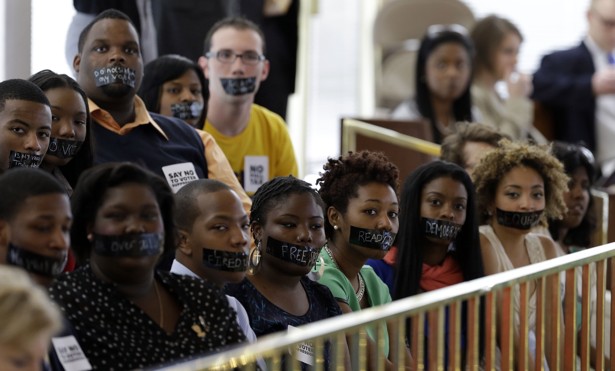
NAACP members protest as North Carolina legislators debate a ‘discriminatory’ voter ID law. April 2013. Source: Gerry Broome/Associated Press
Unauthorised migrants
According to Human Rights Watch’s Antonio Ginatta, over 20 million unauthorised migrants have lived in the US for at least 20 years.
In that time, they have been provided with no avenues by which to legalise their status and register to vote.
A further 728,000 who came to America as children have lived there for five or more years and are therefore eligible to legally remain and work in the country under a program implemented by the Obama administration.
Despite this, they still cannot become citizens or access the right to vote that comes with it.
Minorities unheard
It goes without saying that a large proportion of those who cannot vote on November 8th belong to a minority group. Their limited representation may ultimately be felt in the election results.
“These groups all have one thing in common,” writes Mr Ginatta.
“Those who cannot vote in November, for one reason or another, are disproportionately Black or Latino. Whoever takes the reins of US government in November should work to end unreasonable restrictions on voting rights.”
For more of this kind of content, follow Journalytic on Facebook or Twitter
